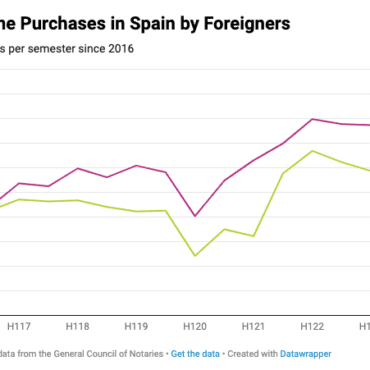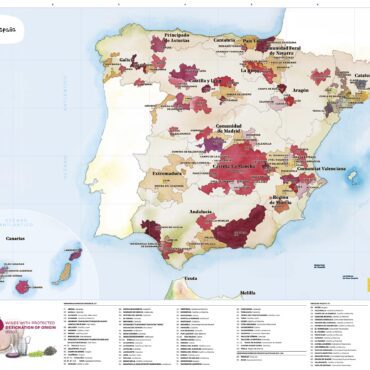-
 play_arrow
play_arrow
BayRadio Listen Live Broadcasting in Spain
Is there a risk of acid rain and toxic clouds when the lava from the La Palma volcano reaches the sea?


One of the main concerns of the experts is the possibility that acid rain or toxic clouds will form when the lava from the Cumbre Vieja volcano, on the island of La Palma, reaches the sea. The Canary Islands Special Emergency Plan for Volcanic Risk (Pevolca) intensify the device in the face of foreseeable explosions and emissions of harmful gases.
A meteorologist from Spain, explains that the possibility of a toxic cloud forming exists, although it seems remote. “What will form is a cloud of water vapor that, if very dense, will make air traffic difficult,” he says.
On the possibility of acid rain in populated areas, the State Meteorological Agency (AEMET) has anounced this Tuesday, “unlikely at this time” that something like this should occur as a consequence of the toxic gases emanating from the volcanic eruption that began on Sunday on the island of La Palma.
The lava, on its way to the sea, has totally or partially destroyed around 200 houses, which has forced 6,000 residents (many of whom have lost everything) to be evacuated.
Currently, the island is blowing northeast winds at low levels; the skies are cloudy in the north and in the east and there is a probability of weak rains and according to Meteored and the Vulcanological Institute of the Canary Islands (INVOLCÁN) The eruption expels every day between 6,000 and 9,000 tons of sulfur dioxide.
The lava released by the volcanic eruption that began on Sunday on the island of La Palma in the Canary Islands covers 106 hectares of land. This calculation was made by the European Union’s Copernicus satellite emergency programme, which this morning published an image taken by the Sentinel 2 satellite and which reflects the situation at 19:50 yesterday.
Written by: BayRadio News
Similar posts
Recent Posts
- Robotic Surgery for Prostate Cancer: What Is Radical Prostatectomy and How Does the Da Vinci Robot Improve It
- What Is Fibromyalgia? Symptoms and Treatments of an Invisible Illness That Requires Specialized Attention
- AMASVISTA Glass: 10 reasons to choose SUNFLEX glass curtains
- Robotic Surgery, Immunotherapy and Comprehensive Care Take Centre Stage at Pancreatic Cancer Conference at Quirónsalud Torrevieja
- Robotic Surgery Against Ovarian Cancer: Greater Precision, Less Pain and Faster Recovery

Ctra. Cabo La Nao, CC La Nao, Local 6 03730 Javea, Alicante, Spain
Advertise with us
Do you have a business in Spain? Do you provide a service to the expat community in Spain? Would you like your message to reach over 500.000 people on a weekly basis?
BayRadio is a community orientated radio station offering fantastic content to our many listeners and followers across our various platforms. Contact us now and find out what Bay can do for you!
Our business is helping your business grow.
BAY RADIO S.L. © 2024. ALL RIGHTS RESERVED. WEB DESIGN BY MEDIANIC







